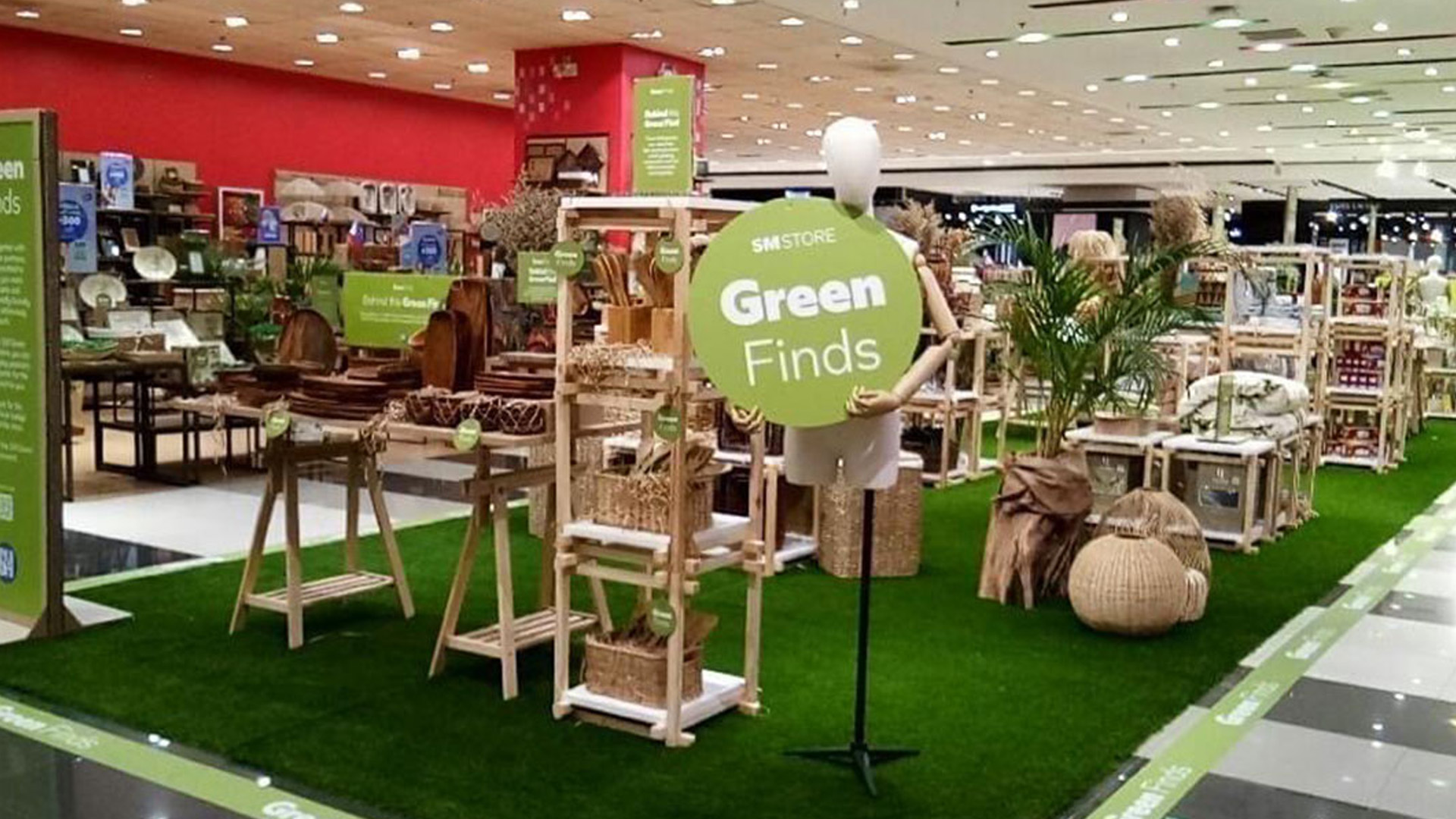The global fashion industry is seeing a significant shift towards sustainability. More brands are increasingly adopting sustainable fashion through eco-friendly practices to minimize environmental impact and pro-mote ethical design and production.
Sustainable fashion involves adopting practices that reduce the environmental impact and promote ethical standards throughout the lifecycle of clothing. From sourcing materials to production processes and consumer habits, some key practices are currently driving the movement towards a more sustainable fashion industry.
One such practice is the ethical sourcing of materials. We are seeing fashion houses that are now using materials such as organic cotton, hemp, and bamboo, which are grown without harmful pesticides and chemicals. Forward-looking designers are also becoming adept at using recycled materials, where they incorporate recycled fibers like recycled polyester or repurposed textiles from old garments and industrial waste. Some even make use of biodegradable fabrics.
The fashion industry has also started to use materials that break down naturally without releasing harmful substances, such as Tencel and organic linen.
Another sustainable practice is the adoption of eco-friendly production processes such as the use of water-saving technologies in dyeing and finishing processes; the use of non-toxic dyes where designers use natural or low-impact dyes that do not release harmful chemicals into the environment; and the use of energy efficient power sources such as renewable energy sources and energy-efficient machinery to reduce carbon emissions during production.
The global fashion industry has also started to implement fair trade and ethical labor practices such as the adoption of fair wages and healthy working conditions to ensure that workers in the supply chain receive fair wages and work in safe condi-tions. Moreover, the industry is also promoting more transparent community support by engaging and supporting local communities through the provision of fair-trade opportunities and social investments for community development.
On top of these, the fashion industry is becoming more responsible in managing waste through up upcycling and recycling — transforming waste materials and old garments into new products to extend the lifecycle of tex-tiles and through a scheme called “circular fashion” that encourages the return, reuse, and recycling of garments through take-back programs and resale platforms.
More importantly, the industry has had some successes in promoting and adopting sustainable packaging through minimal packaging initiatives and the use of reusable, recyclable, and biodegradable packaging materials for reuse by consumers, such as cloth bags or durable boxes.
EXAMPLES IN THE PHILIPPINES
The Philippine fashion industry has also started to become more sustainable — a transformation that is largely driven by a combination of cultural heritage, innovative design, and growing consumer demand for re-sponsible fashion.
Among those leading the way is industry giant SM Retail, the country’s biggest retail chain, which has implemented several initiatives to support sustainability. As the largest retail chain in the Philippines, it has the capacity to influence consumer behavior and industry standards on a significant scale.
It has launched its green retail initiative called SM Green Finds, which essentially promotes the green products within the department store. Within SM Fashion for example, there’s a sustainable line of denim branded Code Blue. Con-ventional textile production often involves harmful chemicals, excessive water usage, and pollution; Code Blue denim is made of eco-friendly materials and has undergone production methods that use new technology emitting fewer greenhouse gases, conserving water and energy in the process. These initiatives not only reduce the environmental footprint of their products but also raise awareness among consumers about the importance of sustainable choices.
In addition to promoting sustainable materials, SM Retail is actively involved in circular fashion initiatives. The company, through SM Store, has implemented a circularity drive that utilizes used tarps from the store which are re-purposed or upcycled into stylish bags and pouches. This not only helps to reduce waste but also educates consumers on the benefits of a circular economy.
One of the most notable trends in sustainable fashion in the Philippines is the adoption of upcycling to combat the issue of textile waste. Several Filipino designers and brands are turning to upcycling — a practice that in-volves transforming discarded materials into new, high-quality products, thus extending the lifecycle of textiles and reducing waste.
A leading proponent of upcycling is Rags2Riches — a brand that has gained recognition for its innovative approach to upcycling. They work with community artisans to create stylish bags and accessories from scrap fabrics. This not only reduces waste but also provides income opportunities for underprivileged communities. Another designer-artist worthy of note is Leeroy New. He has made waves in the fashion world with his use of plastic waste to create avant-garde fashion pieces. His work highlights the potential of creative reuse and encourages a shift towards more sustainable consumption patterns.
There are a growing number of Philippine brands that are committed to the use of sustainable materials and ethical production methods. These practices are aimed at reducing the environmental impact of fashion and en-suring fair treatment of workers. For example, Filip + Inna, a brand known for its handcrafted garments, uses sustainable materials such as organic cotton and natural dyes. They collaborate closely with local artisans, ensuring that traditional techniques are preserved and that artisans receive fair compensation for their work.
CHALLENGES AND OPPORTUNITIES
Despite the progress, the shift towards sustainable fashion in the Philippines faces several challenges. The higher cost of sustainable materials and ethical production can be a barrier for both brands and consumers. Additionally, there is a need for greater awareness and education about the long-term benefits of sustainable fashion.
However, the growing demand for eco-friendly products presents significant opportunities. As consumers become more conscious of their environmental impact, brands that prioritize sustainability are likely to gain a competitive edge.
Indeed, the sustainable fashion movement in the Philippines is gaining momentum, driven by a combination of traditional craftsmanship, innovative design, and corporate responsibility.
By embracing sustainability, the Philippine fashion industry is not only reducing its environmental footprint but also preserving cultural heritage and supporting local communities.

